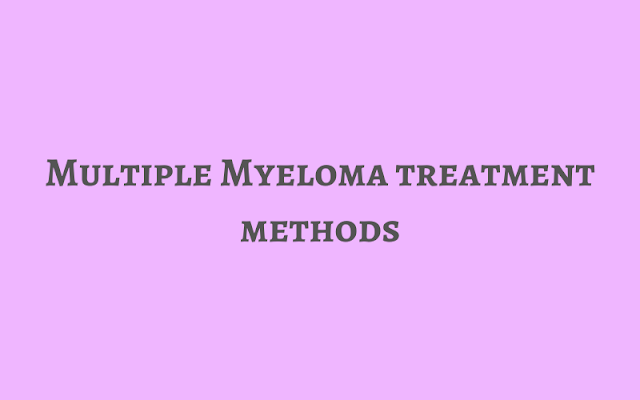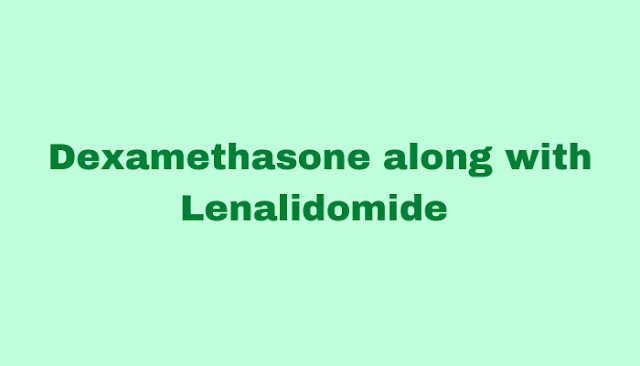Multiple Myeloma treatment methods
Multiple Myeloma: A type of cancer that occurs in the plasma cell of bone marrow. This disease leads to the formation of abnormal antibodies from abnormal plasma cells causing damage to kidney immune system bones and red blood cell count.
There is no cure for Multiple Myeloma but treatment methods are used to increase the life expectancy and survival rate of a patient. This rate depends upon the factor that whether the patient is organized with multiple myeloma at an early stage or at the recurrence stage.
Treatment methods of multiple myeloma:
Some of the common treatment methods including surgery and multiple myeloma medication that are advised for the patient suffering from multiple myeloma are listed below:
Chemotherapy: It includes the treatment of this cancer with the help of drugs that inhibit the ability of growth and division of the cancerous cell. Chemotherapy is used either before the surgery to shrink the actual size of the tumor or after the surgery to wipe out any remaining cancerous tissue. Some of the effective chemotherapy drugs are doxorubicin, cyclophosphamide, cisplatin, etoposide, and carmustine.
Some side effects of this therapy include risk of infection, hair loss, vomiting, nausea, constipation, diarrhea, loss of appetite, peripheral neuropathy, low blood count, and blood clotting problems.
Targeted therapy: It functions by targeting the specific gene and protein of cancerous cells and inhibiting its particular function to avoid further survival and growth of the tumor. The major advantage of this treatment is that it blocks the spreading of cancerous cells. Some common examples of drugs used in this therapy are ixazomib, bortezomib, carfilzomib, etc. Sometimes these targeted therapy drugs are combined with chemotherapy to get a better result.
The most severe adverse reaction of this therapy is high blood pressure, skin problem, a problem in wound healing, gastrointestinal perforation, and difficulty with blood clotting.
Immunotherapy: these are also called biological therapy which works by boosting the natural body's defense system. Some common examples of this drug are pomalidomide, thalidomide, and lenalidomide which work by inhibiting the growth of Myeloma cells in the bone marrow.
Some common unfavorable effect of therapy are headache, shortness of breath, muscle ache, weight gain, swelling of legs, sinus congestion and diarrhea
Steroids: Some steroids such as dexamethasone and prednisone combined to work efficiently. Sometimes dexamethasone and lenalidomide are integrated under maintenance therapy and are recommended to the patient who is not capable of having stem cell transplantation.
Some common side effects of steroid therapy increased appetite, difficulty in sleeping, indigestion, weight gain, change in mood, increased risk of infection, feeling anxious, and high blood sugar.
Bone marrow transplantation: It is a medical procedure that replaces cancerous bone marrow by high specialized hematopoietic stem cells that grow into healthy white blood cells, red blood cells, and platelets.
Some common negative reactions and nausea, vomiting, mouth pain, infection, lung problem, interstitial pneumonitis, bleeding, graft failure, and hepatic Veno occlusive disease.
Radiation therapy: Use of high energy x-ray to destroy cancerous cells is a common method of permanently destroying the tumor in an extensively familiar type of Radiation therapy is called external beam Radiation therapy.
Some familiar adverse responses include dryness of skin, hair loss, and lung problems.


Comments
Post a Comment